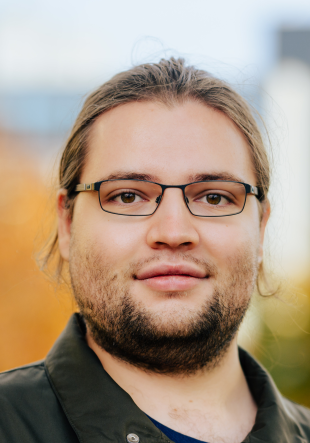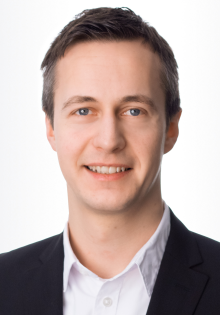About Infrastructure Team 3 (IST 3)
Infrastructure Team 3 deals with the modelling of complex photonic quantum systems and their components, especially with regard to efficient simulation, design and optimisation. One focus of the modelling lies on photonic and electronic components. Methods here include the modelling of photonic components using FDTD, FDE, FEM (e.g. with Lumerical, CST), the modelling of electronic components and circuits using SPICE and passive electromagnetic components using FEM, FDTD and momentum method (e.g. Cadence Virtuoso, ADS Momentum and RFPro, CST), as well as thermal simulation.
In addition to modelling at component level, the simulation of complex electronic-photonic quantum systems is aimed at. Here, for efficient simulation, sacrifices must be made in the accuracy of the models (à compact modelling) and further signalling levels and modelling levels must be added (logic signals, behaviour modelling with time-step-controlled and event-controlled hardware description languages, phenomenological instead of physical modelling, etc.). For modelling complex photonic circuits, e.g. Lumerical Interconnect and Verilog-A models of optical components can be used. The Python libraries Strawberry Fields (Xanadu Quantum Technologies), Qiskit (IBM), Cirq (Google), and The Walrus (Xanadu Quantum Technologies), for example, offer possibilities for simulating photonic quantum circuits, whereby the focus of the latter is on boson sampling. In addition, own programme codes can be designed to deal with questions on photonic components.
For modelling, design, simulation and optimisation of complex photonic, as well as electronic low-frequency and electronic high-frequency circuits, design environments such as Cadence Virtuoso and Keysight ADS, which allow hybrid modelling and co-simulation, are used. Hybrid modelling and co-simulation of complex electronic-photonic systems with additional digital components is possible with Cadence Virtuoso.
For the microscopic description of photonic quantum systems such as discrete quantum emitters with coupling to optical resonators and waveguides, as well as fundamental functional elements of integrated photonic networks, density matrix many-particle theories and approximation methods are developed. These are optimally adapted to the respective problem and numerically solved with self-developed, parallelised computer codes on our high-performance and supercomputers. The predictive description of open quantum systems with coupling to photonic and solid-state environments, including defects and disorder, represents a particular theoretical and numerical challenge.
IST 3 tasks also include the maintenance of simulation and design software, PhoQS component libraries and process design kits from commercial foundries on IST 3 servers. Git software is used for the version management of programme codes, which can be used in conjunction with network-based services, such as the GitLab instance at Paderborn University, for detailed documentation, joint editing and the provision of programme codes. PhD students from other groups can be guided or training can be arranged. The IST 3 servers are purchased or rented as a cloud-based service (e.g. from IMT, PC2 or AWS).
The team consists of 2 postdocs and 1 technician.
Equipment:
Software: Linux (Ubuntu o. RedHat), Lumerical, Keysight ADS, Cadence Virtuoso, CST Microwave Studio, ...
Server: Linux server in the cloud or on own server hardware. High-performance workstations of the participating working groups and high-performance computer clusters of the Paderborn Center for Parallel Computing (PC2).


